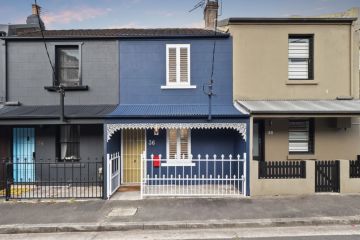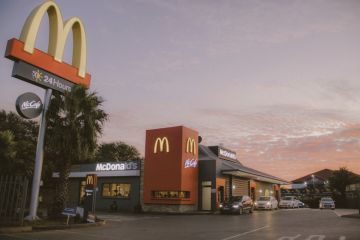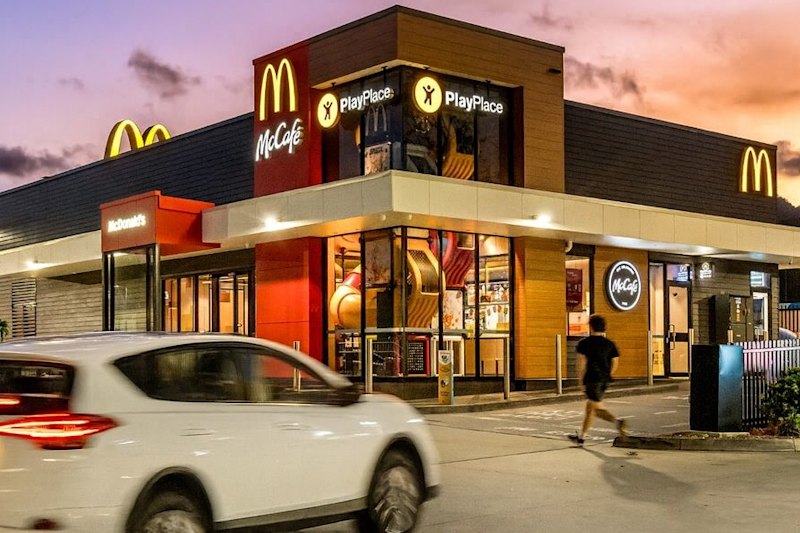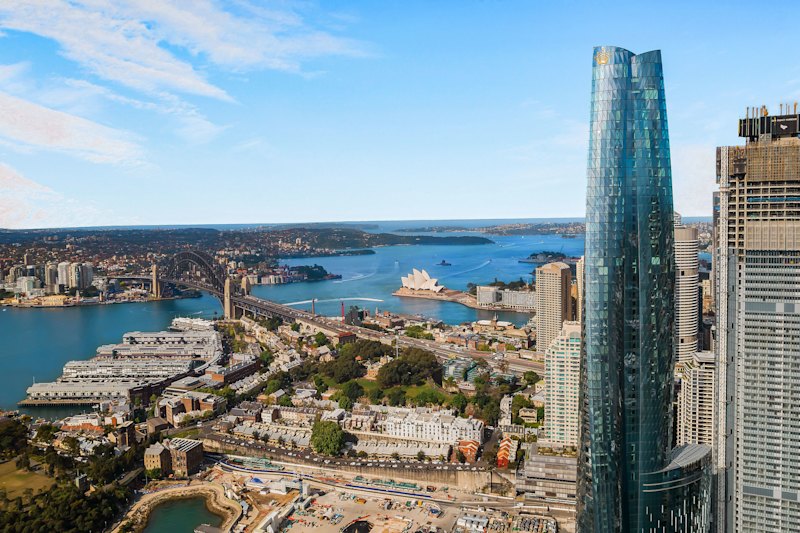What is luxury? Darren Palmer ponders the various interpretations
You need only ask the question, “what is luxury?” to see what a subjective topic it is. Luxury is many things to many people, from tangible to the intangible.
Intangible luxuries are things such as time and space. Time with loved ones, time alone or time away from demands. Space can be luxurious. Space to move freely. Space for your eye to see to the horizon without encumbrances.
Luxury can be dependent on your circumstances. A glass of sparkling wine might be a luxury to some, only Krug, Cristal or Dom Perignon luxurious enough for others. A vintage Louis Vuitton travel trunk could be the apex of luxury, while others may feel suitably luxurious owning an LV accessory. The prestige in these instances comes from the heritage of the company and the work it has done to establish the brand to stand for quality.
In interiors, even the tangible elements of luxury are subjective. There’s a world leader who thinks having everything made of gold and marble is the epitome of class and good taste, while others value the luxury of minimalism. Look at the work of Belgian-born designer Vincent Van Duysen for the epitome of minimalist luxury.
In The Block, contestants interpret luxury in many ways. Some look at the traditional touch points of luxury, such as metallics, velvets, jewel tones and sconce lights. Others look at luxury from the point of view of extra detail, extra technology or extra inclusions.
A kitchen can be made luxurious because of its finishes but luxury can also be hidden through amazing functionality of integrated pantries, wide internal drawers, and pull-out corner systems. Or luxury might even come in the expense and drama of the appliances. Of course, a combination of these elements will provide a truly luxurious kitchen.
Luxury can come in the form of artworks or sculptures, some used as a starting point for a room’s colour palette and decor, in other instances, the art is the standout piece, a luxury because of its rarity or the artist’s prestige. In these instances, art can shine on its own.
- Related: The tones that have caught our eye this autumn
- Related: How to tell roadside trash from treasure
- Related: How to know if your furniture isn’t the real deal
Charles Eames said it best: “the details are not the details. They make the design”. And luxury is most often found in the details. It can be in the functionality, the external appearance, the refinement of the line and the sculptural appearance of the design. The details encompass things such as lighting, finish, the play of light and shade. Details such as handles, light fittings, taps and towel rails, and how well they work in harmony or in contrast tell great stories of effort and attention that leave the impression of expense, rarity and luxury.
Another of my favourite quotes is credited to Coco Chanel: “Luxury must be comfortable, otherwise it is not luxury.” There’s no point creating a space or home that feels like a gallery or museum. Nonna’s approach to covering the good furniture with plastic probably conserves things perfectly, but doesn’t serve the purpose of comfort.
In terms of my work, which at the moment includes creating my range with Myer, I’m designing the range for 2019. I need to be thinking about what might be fashionable next year, what trends will endure and what might raise its head. I need to think about how to continue with a consistent look that reflects the great work we’ve done, but are also an evolution and elevation of the achievable luxury.
The luxuries I’m including have traditional elements of expense and glamour; others have feelings of effort through an artisan approach. The luxury within the range, though, will always consider the quotes from Chanel and Eames, considering details and delivering comfort in beautiful and affordable ways.
We recommend
States
Capital Cities
Capital Cities - Rentals
Popular Areas
Allhomes
More
- © 2025, CoStar Group Inc.







